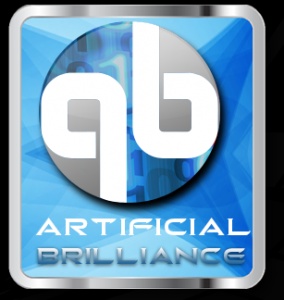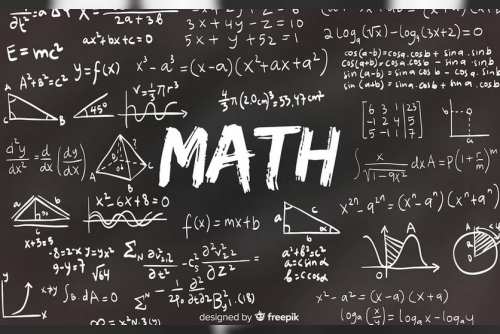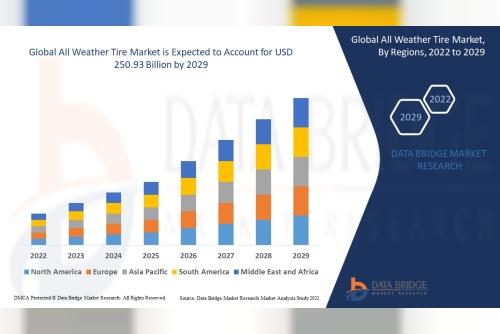The Dartmouth Conference of 1956 is considered by many to the be the birth of artificial intelligence. AI researches went forward from there confident that machines that could think like humans were just around the corner. That was 60 years ago; and while artificial intelligence has come a long way since then, we’re still not seeing machines that can truly think like humans do. Today researchers are once again hopeful that true artificial intelligence (an oxymoron if ever there was one) is within reach. But are we any closer than researchers were in the 50s? Here’s a look at some of the recent accomplishments, and setbacks that AI researchers are experiencing.
AI have mastered certain tasks
Where we’re seeing the biggest advancements in AI is computers that can do one thing extremely well. In the near future, we could see some jobs completely disappear as they are outsourced to machines that can do those same jobs much more efficiently and safely. We could be facing a labor displacement of a magnitude that hasn’t been seen since the industrial revolution.
Teaching AI to learn
While AI can be programmed to do certain tasks very well, a major hang up that researchers face is that they can’t teach AI to learn to do other things. All “learning” requires some kind of input from researchers. But humans could be placed in a room by themselves and can learn all on their own. This is called predictive learning or unsupervised learning and it’s an important key to solving the riddle of true artificial intelligence. For now, the big hurdle standing in the way of truly intelligent machines is the ability to teach them common sense, something humans are simply born with.
Artificial Intelligence News brought to you by artificialbrilliance.com
Source: wsj.com/articles/whats-next-for-artificial-intelligence-1465827619












